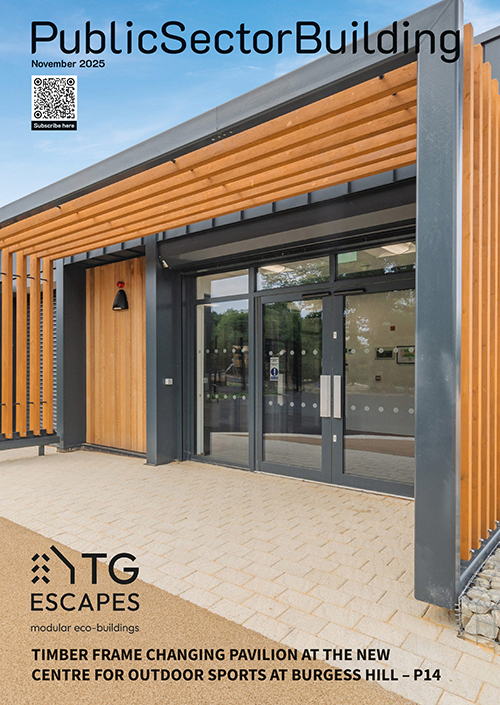Here, Stannah will cover how lifts typically work and the implications for upgrading lifts to firefighting or evacuation capabilities.
How do passenger lifts typically work in the event of a fire or evacuation?
Typically lifts are not used in the event of a fire or evacuation. Most go to the ground and shut down in the event of an alarm (with doors open and calls disabled). This behaviour of lifts in the event of a fire (BS 81-73) enables all lift passengers to evacuate the building and for firefighters to ensure there is no one trapped inside.
Can a lift be used as part of your building evacuation plans?
In general, no, it isn’t appropriate to use lifts when there is a fire. There’s the danger of people getting trapped in an immobilised lift, hence why a standard is in place.
It’s also true for platform lifts that do not conform to the same standards – the concern remains of lift users becoming trapped between floors.
If the desire is to use a lift as part of an evacuation strategy, a thorough risk assessment and consultation with your lift service and insurance companies is required.
Are there any lifts you can use in the event of a fire? Or for evacuation?
There are certain types of passenger lift that can aid the fire and rescue service and emergency evacuation in the event of trouble. These lifts operate as standard passenger lifts with the capability to switch into an emergency state if required.
What’s a firefighting lift?
As far back as the 1940s, the use of lifts with dedicated control features for firefighters was recognised in the UK and has been essential in high-rise buildings. Stannah has had a standard for these lifts since the 1980s.
Modern firefighting lifts have additional protection, with controls that enable them to be used under the direct control of the fire and rescue service to contain and eventually quell a fire.
British Standard EN81-72 compliant fire-fighting lifts feature:
– An interface between the lift control, fire detection and alarm system
– Trap doors and ladders for rescue operations
– Electrical components in the shaft and on the car are protected against water
– Emergency intercom system and lift operation
– Separate power supply to enable the lift to remain in use even if building electrics are compromised
A firefighting lift is necessary in new housing if the building has a floor more than 18 metres above, or more than 10 metres below, the fire-service vehicle access level.
A firefighting lift may be provided as part of a management plan for evacuating people in some circumstances. In such cases, the lift installation may need to be appropriately located and protected, e.g. refuge areas at landings.
What’s an evacuation lift?
Evacuation lifts can aid in evacuating those less ambulant should an emergency occur (as part of an evacuation strategy). They enable the use of the passenger lift by a designated warden to evacuate those less ambulant. Evacuation lifts help to comply with BS9999 or BS9991, though there is a draft standard not yet published (draft EN81-76).
Typically, they are larger capacity passenger lifts to evacuate disabled users, patients in beds or stretchers, e.g. hospitals, large nursing homes.
Can an existing lift be upgraded to evacuation? Or firefighting?
For existing tower block lifts, where there is an emergency provision requirement, there is guidance on modernising in BS 8899: Improvement of fire-fighting and evacuation provisions in existing lifts.
It is a fundamental assumption of BS 8899 that the elements of the building design necessary for the fire protection and safety of the lift, including secondary power supplies, are provided as part of the building design.
Typically, the only way to tell if a lift upgrade is possible is with a site visit: to assess both the current lift specification and whether the building design will provide at least the level of protection and features necessary to protect the lift specified.
Due to the exacting requirements, there are often limitations that prevent full or even partial compliance. These can only be assessed on a case by case basis.
How do I go about upgrading my lift?
As lift upgrades are typically in occupied buildings, a lift company will work with property owners and tenants. Ensuring lift work is carried out safely, causes minimum disruption and provides a means of access for all building users. This includes temporary stairlifts to aid movement if necessary.
The proper maintenance, service and repair of existing lift stock plays is important in enabling people flow in apartment blocks. Not to mention that housing lifts are often in constant use!
To prevent upset tenants, Stannah always recommend regular and thorough lift inspections with 24 hour service cover.





